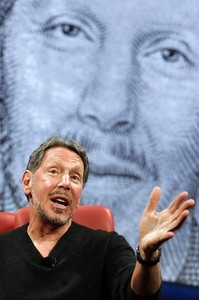The Slutsky result summarized below would seem to imply that you can explain business cycles without fingering creative destruction as the culprit, as Schumpeter had seemed to do. The costs of creative destruction are thus reduced, and the case for creative destruction strengthened.
(p. 232) Phil Davies and Joe Mahon investigate “The Meaning of Slutsky.” “A middleaged professor working at a Moscow think tank, [Eugen] Slutsky was virtually unknown to economists in Europe and the United States when he published his landmark paper on cyclical phenomena in 1927. In a bold statistical experiment, Slutsky demonstrated that random numbers subjected to statistical calculations similar to those used to reveal trends in economic time-series formed wavelike patterns indistinguishable from business cycles. The implication was that a similar stochastic process–‘the summation of random causes,’ as Slutsky described it–might be at work in the actual economy, causing prosperity to ebb and flow without the agency of sunspots, meteorological patterns or other cyclical forces. ‘That was a hell of an idea,’ said Robert Lucas, a University of Chicago economist who pioneered modern business cycle theory, in an interview. ‘It was just a huge jump from what anyone had done.’
Source:
Taylor, Timothy. “Recommendations for Further Reading.” Journal of Economic Perspectives 24, no. 2 (Spring 2010): 227-34.
(Note: bracketed name in original.)
The published version of the article summarized by Taylor is:
Davies, Phil, and Joe Mahon. “The Meaning of Slutsky.” The Region (Dec. 2009): 13-17, 42-46.



